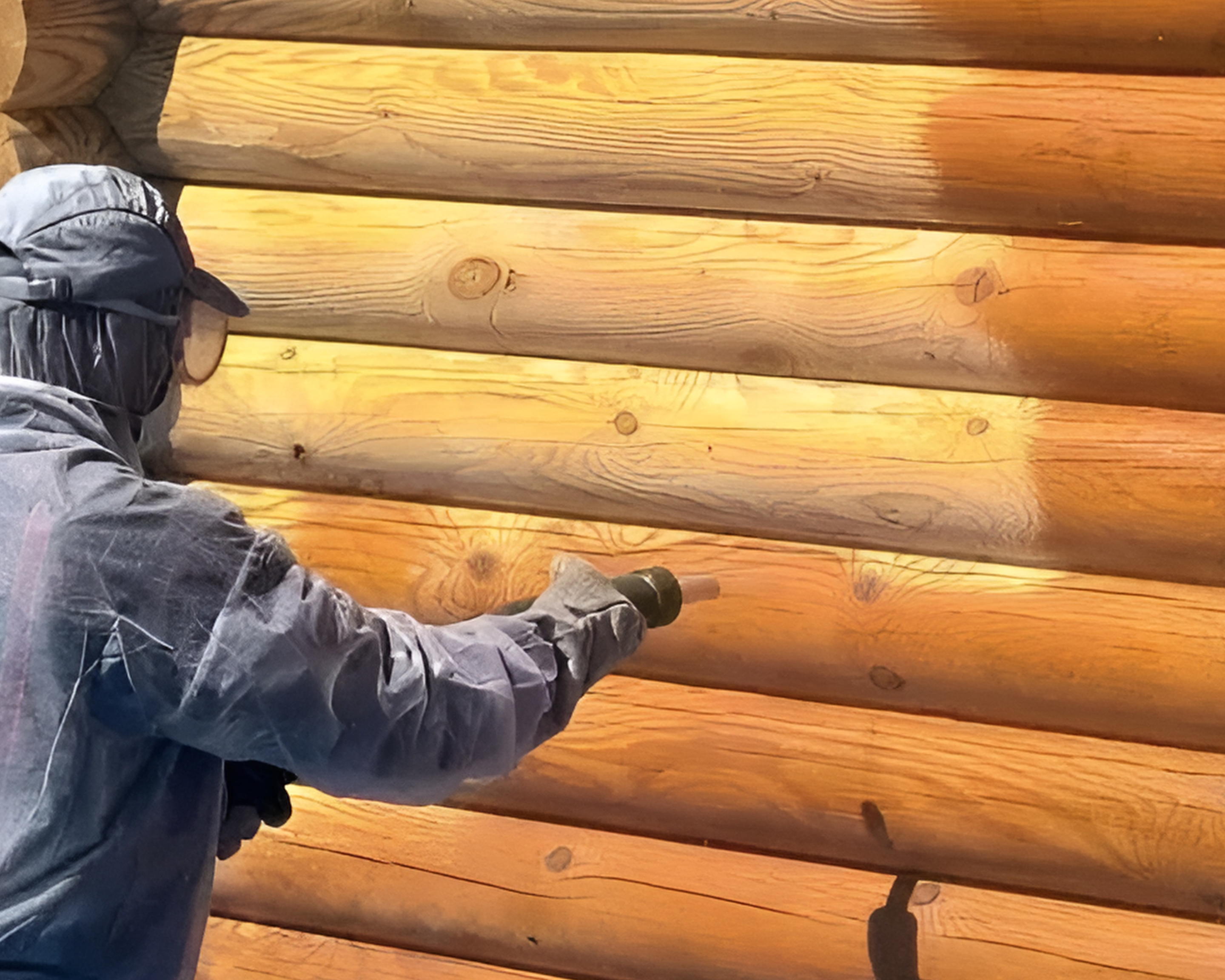Your Cart is Empty


Wooden surfaces, whether used in homes, furniture, or outdoor structures, require regular maintenance to retain their natural beauty and structural integrity. Over time, wood can accumulate dirt, grime, old paint, and other contaminants that detract from its appearance and longevity. Sandblasting, a powerful and versatile cleaning method, offers an effective solution for both cleaning and etching wood surfaces. In this comprehensive blog, we will explore the benefits of wood cleaning and etching sandblasting, how the process works, and the best practices for achieving optimal results.
Sandblasting, also known as abrasive blasting, involves propelling fine particles at high velocity against a surface. For wood cleaning and etching, the technique is tailored to gently remove contaminants and create desired textures without damaging the underlying wood. This process can be used to strip old paint, remove stains and dirt, and even etch intricate designs or patterns into the wood for decorative purposes.

Sandblasting is highly effective at removing surface contaminants from wood. Whether it’s layers of old paint, stubborn dirt, mildew, or other residues, sandblasting can reach into the grain of the wood to ensure a deep and thorough clean that other methods might miss.
Preparing wood for new finishes, such as paint, stain, or sealant, requires a clean and smooth surface. Sandblasting not only cleans the wood but also slightly roughens the surface, enhancing the adhesion of new coatings and ensuring a more durable finish.

By removing built-up grime and old finishes, sandblasting can reveal the natural beauty of the wood beneath. This is particularly beneficial for restoring antique furniture, historic wooden structures, or weathered outdoor decks and fences.
Beyond cleaning, sandblasting can be used to etch designs, patterns, or textures into wood surfaces. This adds a unique and personalized touch to furniture, cabinetry, signs, and decorative panels, enhancing their aesthetic appeal.

Sandblasting can also impart a rustic look to wooden surfaces, a surprising benefit since it usually renews wood’s appearance. To achieve this effect, use soda media on chalk-painted furniture. It’s crucial to decide on the media and finish you want beforehand to ensure the best results.
Compared to manual sanding and chemical stripping, sandblasting is significantly more efficient. It reduces the time and effort required to prepare wooden surfaces for restoration or finishing, making it an ideal choice for large projects or professional applications.

Selecting the appropriate abrasive material is crucial for achieving the desired results without damaging the wood. Here are some commonly used abrasives for wood sandblasting:

While sandblasting is an effective technique, safety measures must be taken to protect both the operator and the wood. Here are some key considerations:
Operators should wear appropriate protective gear, including gloves, goggles, and respirators, to guard against abrasive particles and dust. This ensures safety during the sandblasting process.
Ensure proper ventilation in the workspace to reduce the inhalation of dust and abrasive particles. This is particularly important when working indoors or in confined spaces.
Mask off any areas of the wood that do not require blasting to prevent unintended damage. This is especially important for detailed work or when sandblasting near other materials or finishes.
Careful control of the blasting pressure is essential. Too much pressure can damage the wood, while too little may not effectively clean or etch the surface. Professionals will adjust the pressure to suit the specific requirements of the job.

Sandblasting can be applied to a wide range of wood surfaces and projects. Here are some common applications:
Furniture Restoration: Removing old finishes, stains, and contaminants to restore antique or weathered furniture pieces.
Deck and Fence Cleaning: Stripping away dirt, mildew, and old paint to rejuvenate outdoor wooden structures.
Interior Woodwork: Preparing wooden beams, panels, and trim for refinishing or enhancing their natural beauty.
Custom Wood Etching: Creating unique designs, patterns, or textures on wooden signs, cabinetry, and decorative panels.

Wood cleaning and etching sandblasting is a powerful and versatile technique that can breathe new life into wooden surfaces. By thoroughly removing contaminants, preparing surfaces for new finishes, and enabling custom designs, sandblasting enhances both the aesthetic appeal and durability of wood. Whether you’re restoring antique furniture, cleaning outdoor structures, or adding decorative touches to your woodwork, sandblasting offers an efficient and effective solution. Embrace the benefits of sandblasting for your wood projects and enjoy the revitalized, beautiful results.